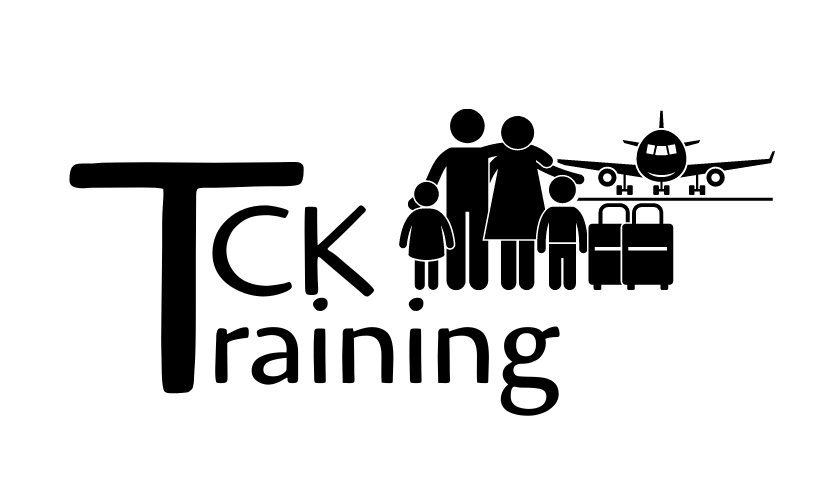5 Easy Ways You Can Start Learning a New Language with Your Kids
Whether or not you are moving overseas, giving your children the opportunity to be bilingual is an incomparable gift. As our world gets increasingly smaller, the ability to speak more than one language will give them an increased advantage in ministry and in the workplace as adults- not only because of ability to speak a second language, but also because of the broadened worldview it encourages.
If that isn't enough, according to the Canadian Council on Language Learning, learning another language as a child eliminates negative effects of aging on the brain and enhances the child's ability to focus and avoid distraction. Learning a second language has also been linked to increased skills in complex planning, creativity, and strategic problem solving.
Learning a second language isn't just for the kids, parents! Working on learning a second language as an adult can delay or ward off issues caused by the aging of the brain, such as Dementia and Alzheimers (Dual Language Development and Disorders: A handbook on bilingualism & second language learning). In other words, it's good for you, too! And will most likely enhance your ability to conduct local ministry wherever you are living.
Here are 5 simple ways you can start language learning as a family:
1. Label everything. One of my favorite ways to learn nouns is to label everything in your house. You can use sticky notes, index cards, fun paper, anything. It turns out that the most common nouns used are also typically the things you have around your house (door, floor, table, sink, bed, etc.). This is a great way to build your vocabulary. This was one of the very first things we did when we moved to Tanzania and when I think of the word "door" I still picture the "mlango" notecard that was taped to the back of our front door for years. This method is also great for visual learners who remember best by seeing the written word.
2. Listen, listen, listen. Children learn language first by hearing it. Babies listen for the first year or so before they begin to speak. It may not seem effective because you can't understand what is being said, but your child's brain (and yours, too!) is actually beginning to unscramble and compartmentalize the sounds, and that will eventually lead to the understanding of words. The human brain is nothing short of amazing! Listen to the radio, to songs, to the local TV shows, to people speaking. Have the language in your house as much as possible.
3. Play Games. This is a fun and easy way to work on language as a family. Here are some games you probably already know, that can be great for practicing a new language!
Uno- This card game is great for working on colors and numbers and can be found at nearly any store in the United States.
Card Games- Make cards with a picture and corresponding word in the target language. You can either make these on the computer OR you can cut paper squares and have your kids draw the pictures and write the words. You can use these cards to play:
Matching Game -put all of the cards face-down. Each players flips two, trying to get a match (picture card and corresponding word card). If a match is found, the player gets another turn. Game continues until all matches have been found and the player with the most matches wins.
Go Fish -play with the standard "go fish" rules, trying to create matches with the correct words and pictures. Learn how to say, "Can I have?" and "Go fish" or "yes/no" in the target language.
Speed- Put all of the picture cards face-up on the floor. Read the word cards while the players race to find the corresponding picture. This is great for kids who are not reading yet!
Pictionary- Use the cards you made for the above games to play Pictionary! Have one player draw a card (use the word cards if your kids are reading and the picture cards if they are not). The player draws the word/picture while the other players try to guess what they are drawing in the target language. To get the point, they have to guess the picture correctly in the target language. Keep score by giving each player a point when they guess correctly. If you have enough players, you can play this as a team game.
4. Sing Songs. Songs are a great way to learn new vocabulary! I attended an international school during the first year we lived in Tanzania, and during each assembly we sang the Tanzanian national anthem. I learned a large variety of words by just learning that one song, and I loved feeling like I "fit in" because I could sing the national anthem! Search Youtube for children's songs in the target language or find someone who speaks the language to teach you common songs. You can also get creative and make up your own songs for the phrases you are learning!
5. Dinolingo.com. This site is fabulous for kid's language learning. I had a 5 year old in one of my first trainings who was moving to Thailand. He didn't seem interested in language learning, but during free time I let him play on Dinolingo. About a week into the training, he was teaching the other kids words and phrases in Thai! I've used the site for every training since then and love it. You can purchase their packages of online games, activities, videos, and flashcards, but they also have FREE games for most languages. The free selection is varied enough that you can learn a considerable amount of vocabulary without purchasing anything. If you like what they offer, then I'm sure purchasing their larger package would be beneficial as well!
6. Provide learning opportunities, but don't pressure. Unlike adults, children, if given consistent exposure to the new language, will soak in the language without formal study. For this reason, pressuring them to learn is unnecessary and often counterproductive. Many children are intimidated by the idea of learning another language and may respond to this fear by being decidedly against the idea. If parents pressure their children in these situations, they are most likely going to resist learning, which not only hinders language acquisition, but also creates a more difficult transition to life in the new place. Instead, use some of the above ideas to allow the new language to become an integrated part of your family-life and let your children learn at their own speed and in their own way. Before long, they will surprise you with their new language abilities!
Language-learning as a family can be enjoyable and simple. By finding a variety of ways for your family to hear, see, and speak the language, your kids (and you!) will be on your way to learning a new language.
References
Canadian Council on Language Learning (2008). Parlez-vous français? The advantages of bilingualism in Canada. Available online: http://www.ccl-cca.ca/pdfs/LessonsInLearning/Oct-16-08-The-advantages-of-bilingualism.pdf
Paradis, J., Genesee, F., & Crago, M. (2011). Dual Language Development and Disorders: A handbook on bilingualism & second language learning. Baltimore, MD: Paul H. Brookes Publishing.



